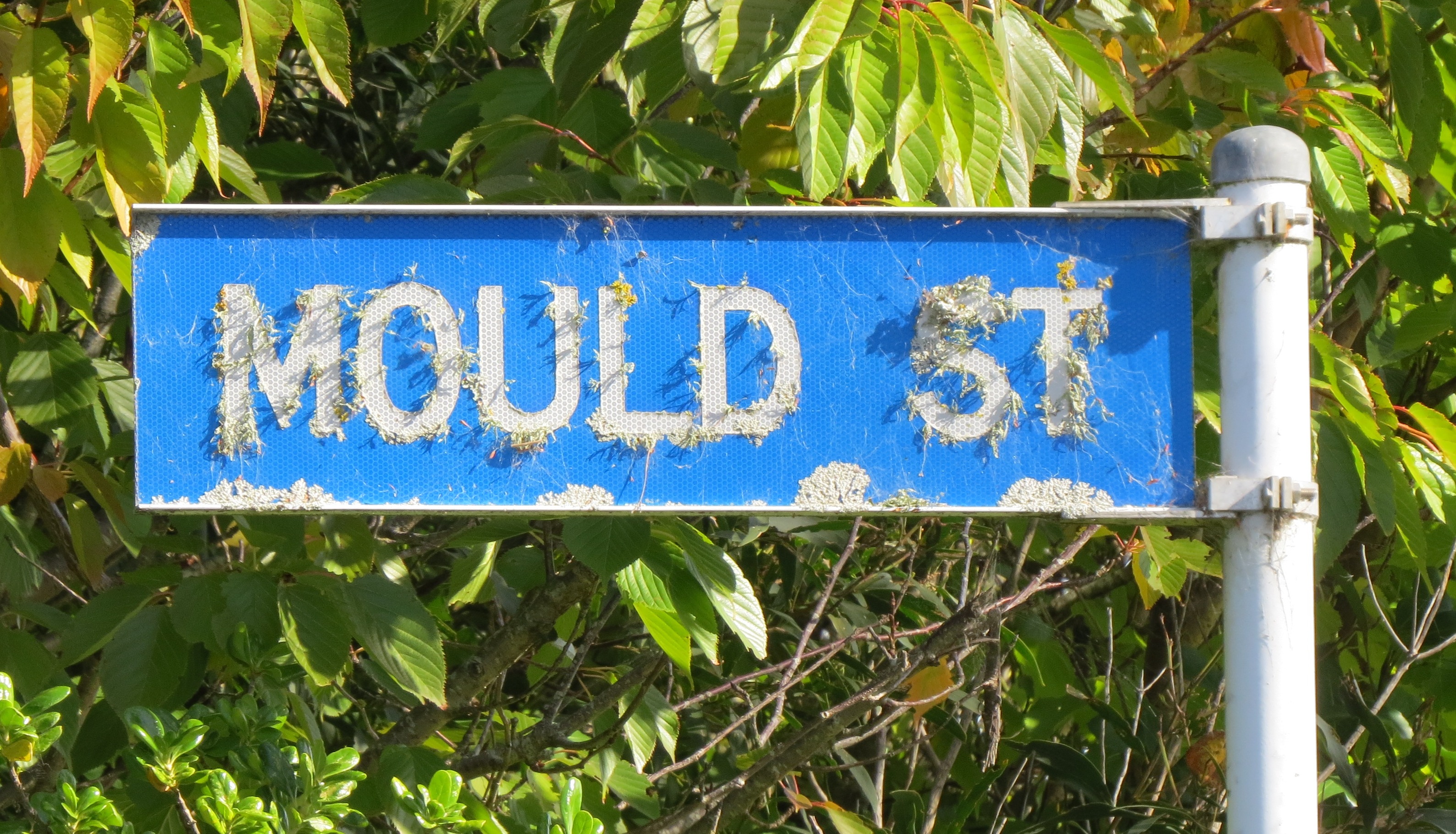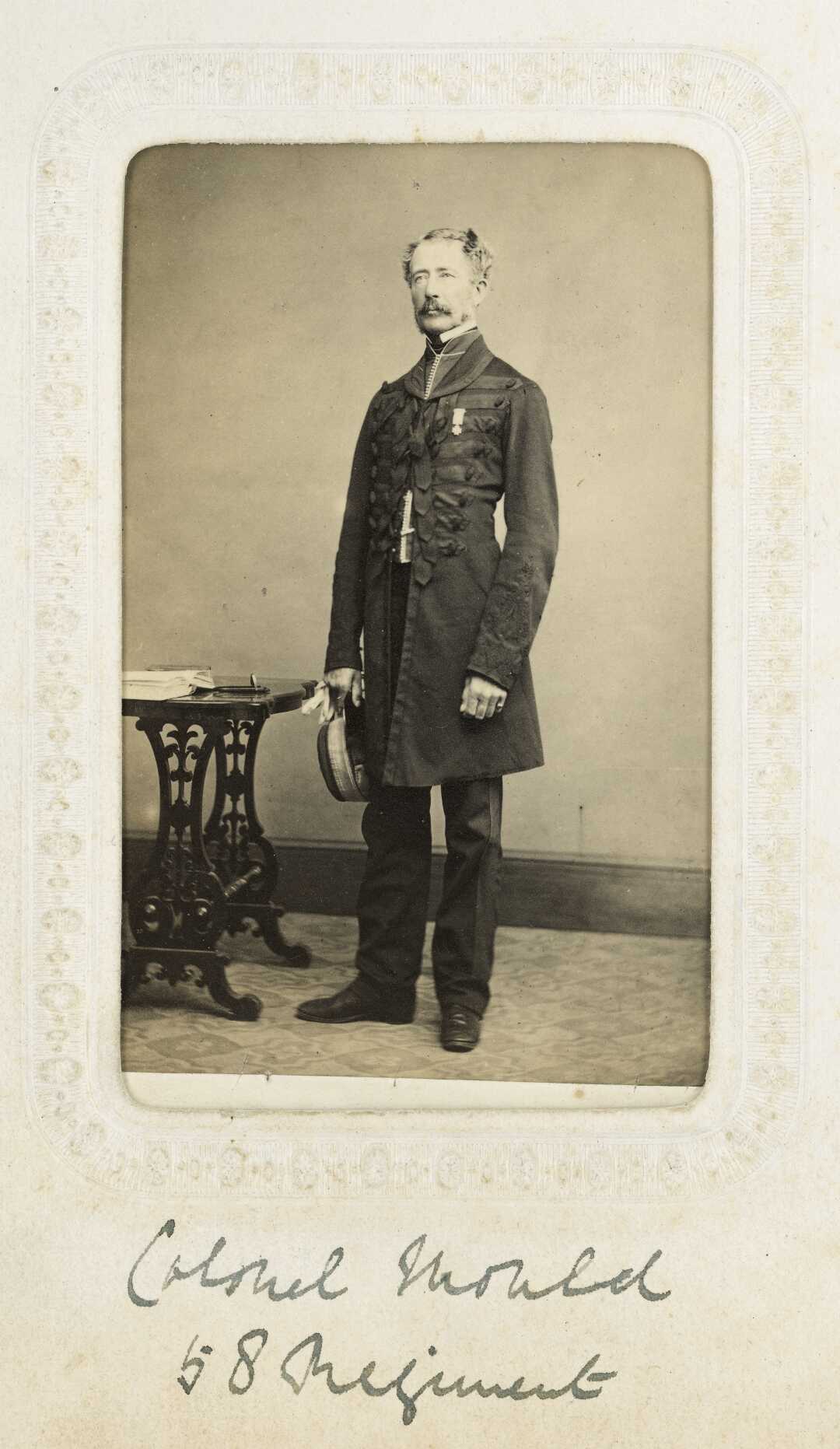



Mould Street in Waitara was named after the Commander of the Royal Engineers during the Taranaki Wars.
Thomas Rawlings Mould was born in 1805 and educated at the Royal Military Academy (known as “The Shop”) in London. He joined the Royal Engineers in 1826 and by 1855 had worked his way up to Lieutenant Colonel. He was sent to New Zealand in December of that year as Inspector of Public Works in the colony, advising the government on everything from defence to boundary disputes to canals.
Mould was made a Colonel in 1858, at a time of increasing tension between land-hungry settlers and Māori. After strengthening Auckland’s defences in case of attack by Waikato Māori, he joined Major General Thomas Pratt in Taranaki in August 1860. As a reward for his role in the defeat of 150 Ngāti Hauā fighters at Māhoetahi pā between New Plymouth and Waitara in November of that year, Mould was made a Companion to the Order of the Bath.
Pratt and Mould went on to supervise the creation of many saps (long covered trenches) as a form of siege warfare around Waitara. During the course of the campaign the Colonel developed a great respect for the bravery and military engineering skills of the Māori he encountered, and a truce was signed in March 1861.
Colonel Mould remained in New Zealand for another five years, taking part in various campaigns and overseeing the construction of roads, bridges and fortifications around the North Island. He finally went back to Britain in 1866 where he was promoted to Major General.
Thomas Mould married Anne Stirling in Dublin in 1830 and they went on to have a son and six daughters. He retired from the British Army on full pay in 1872 and died in London in 1886.
This story was originally published in the Taranaki Daily News.
Please do not reproduce these images without permission from Puke Ariki.
Contact us for more information or you can order images online here.